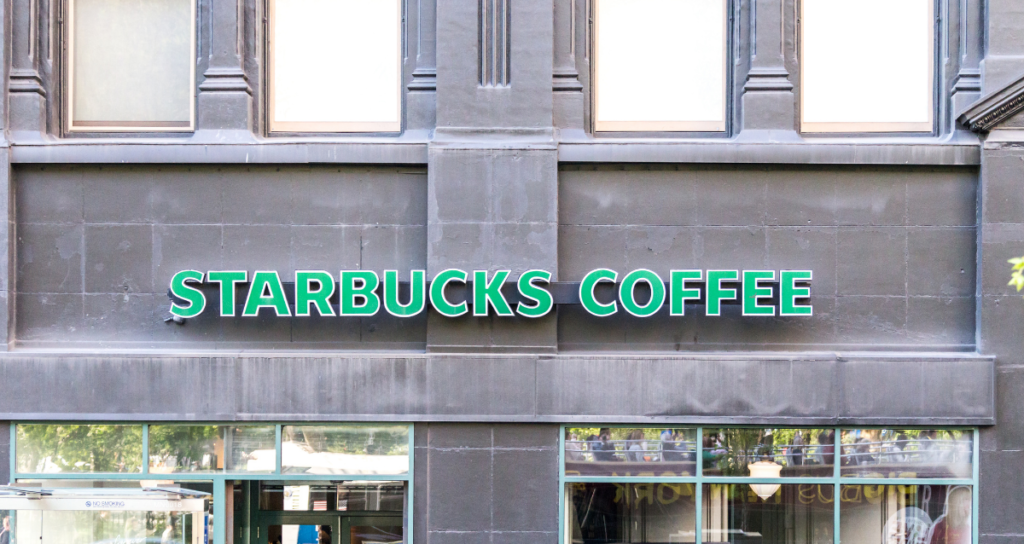Staying ahead of the curve is no longer a choice but a necessity. Marie Gulin-Merle, the Chief Marketing Officer of the iconic fashion brand Calvin Klein, understands this all too well. With her visionary insights and innovative approach, she has reshaped the way Calvin Klein approaches marketing. In this article, we’ll delve deeper into four marketing principles shared by Marie Gulin-Merle, principles that have not only transformed Calvin Klein’s strategies but can also serve as guiding lights for marketers in any industry.

1. The Digital Transformation: Where Digital Becomes Marketing
Marie Gulin-Merle’s bold statement, “Over 50% of our brand’s sales are digitally influenced. Therefore, this is an era when digital marketing is now just marketing,” encapsulates the seismic shift that has occurred in the marketing landscape. Gone are the days when digital marketing was considered a separate entity; it has seamlessly integrated itself into the very core of marketing.
Digital Influence on Sales
The statistic shared by Gulin-Merle speaks volumes about the impact of digital channels on consumer behaviour. Consumers today engage with brands through multiple touchpoints, from social media to e-commerce platforms. These touchpoints collectively influence their purchase decisions. Therefore, understanding and harnessing the power of digital channels is no longer a choice but a strategic imperative.
Return on Relevance: The New Metric
Gone are the days when return on investment (ROI) was the sole metric for digital marketing success. According to Gulin-Merle, the new metric is “return on relevance.” In a world inundated with content and advertisements, being relevant is the key to capturing the attention of your target audience.
Relevance Defined
Relevance means reaching the right person at the right time with the right content in the right context. It’s about creating marketing campaigns that resonate with the individual needs and preferences of consumers. When evaluating campaign performance, it’s not just about numbers and conversions; it’s about gauging whether viewers feel that the ads are genuinely relevant to them.

2. Data Trust and Responsibility: Building Customer Confidence
In an era where data is a ubiquitous currency, consumer trust is paramount. Marie Gulin-Merle understands that to maintain trust in the Calvin Klein brand, they must make three fundamental commitments:
Transparency about Data Use
Customers should have a clear understanding of how their data is being used. Calvin Klein commits to transparency, ensuring that customers are informed about data collection and its purpose. Transparency builds trust by demonstrating a commitment to open and honest practices.
Standards in Data Security
Data security is non-negotiable. Calvin Klein is dedicated to maintaining the highest standards in data security, safeguarding customer information from potential threats and breaches. Data breaches not only jeopardise customer trust but also have legal and financial implications.
Responsibility for Data Privacy
Taking responsibility for data privacy is not just a legal requirement; it’s a moral obligation. Calvin Klein assures its customers that their data privacy is a top priority. This commitment extends to complying with data protection regulations and respecting the privacy preferences of customers.

3. Agility in Consumer-Centricity: Adapting to Rapid Changes
Consumer behaviour is evolving at an unprecedented pace. To stay relevant, Calvin Klein regularly reviews its 3-month, 6-month, and 12-month goals to ensure that their short and long-term vision aligns with the shifting landscape.
Consumer-Centric Approach
Being consumer-centric means understanding that consumers’ needs, preferences, and behaviours are continually changing. This necessitates a proactive approach to adapt and cater to these changes. Calvin Klein’s commitment to reviewing and realigning its goals demonstrates an unwavering dedication to keeping the consumer at the centre of its strategies.
Excitement in the Process
One of the hallmarks of Calvin Klein’s marketing philosophy is that “the more you grow, the more you have to listen to new generations.” This motto embodies the spirit of continuous learning and evolution. It emphasises the importance of staying curious and open to new ideas.
Team Learning and Disruption
Marie Gulin-Merle’s recognition that she learns something new from her team every day underscores the value of collaborative learning. It’s not just about staying relevant to consumers but also about empowering the team to disrupt the market. Embracing fresh perspectives and approaches keeps the marketing team agile and ready to tackle the challenges of an ever-changing landscape.
The Marketing Wisdom of Marie Gulin-Merle
Marie Gulin-Merle’s marketing principles serve as a guiding light for both seasoned marketers and aspiring professionals. Her emphasis on the integration of digital into marketing, the importance of relevance over ROI, data trust and responsibility, and consumer-centric agility are pillars upon which successful marketing strategies can be built.
As the marketing landscape continues to evolve, Marie Gulin-Merle’s wisdom reminds us that staying ahead requires not only embracing change but also staying true to the core values of transparency, responsibility, and customer-centricity. These principles are not just the secrets to Calvin Klein’s marketing success; they are timeless lessons for marketers in the digital age.
























